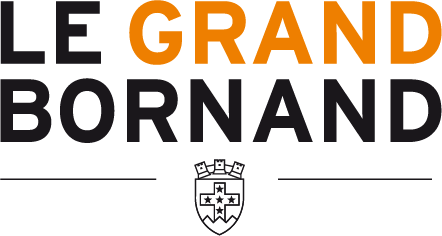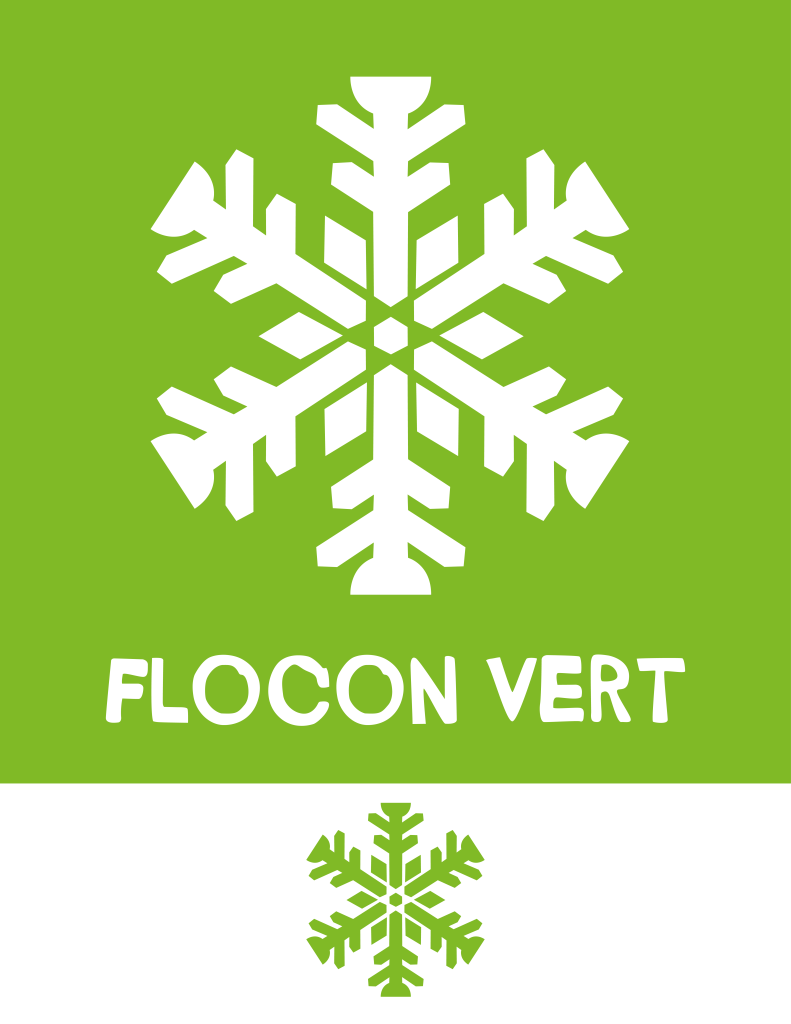La sécurité avant tout !
Accueil > NosBo!Conseils – Program > Ski slope safety
Prepare and equip yourself
-
Prepared: effort, cold, altitude, sun... Remember to warm up, measure your efforts, eat and hydrate properly.
-
Equipped: to ski well, you must first choose equipment adapted to your technical level, your height and your weight. The adjustment and maintenance of the bindings are then essential to limit the risks in the event of a fall or impact.
Ask for advice in specialized stores and know that those which comply with the NF X50-007 rental standard guarantee you suitable equipment and good adjustment of the bindings. -
Protected: sunglasses or a ski mask to avoid being bothered by the reflection of the sun on the snow and to protect your eyes.
To protect yourself from ultraviolet rays, wear protective glasses (index 4), as well as sunscreen. -
Covered: ski gloves that will keep your extremities warm and protect you in the event of a fall.
-
Protected: a helmet that fits well on the head and is strapped!
According to a 2010 study, helmets reduce the risk of head trauma by 35%, and even by 61% in children. Its effectiveness is proven. Ask for a helmet that complies with standard NF EN 1077. -
Insured: before you start, check that you are properly insured. If not, do what you need to do. Rescue is not free... Respect the safety rules.
-
(+33)04.50.27.02.62 → Rescue of the resort slopes.
-
(+33)04.50.27.57.51 → Resort slope services and information.
THE SLOPES
-
Alpine ski slopes are classified into four categories identified by a color code according to their level of difficulty:
Green: easy
Blue: medium
Red: difficult
Black: very difficult -
Markers are placed on one side of the track to help you find your way. They are numbered in descending order and indicate the name of the slope on which you are traveling: for example the number 1 on a black background means that you have arrived at the bottom of a very difficult black slope.
-
The name of the track and beacon number must be communicated to facilitate possible intervention by services and emergency services in the event of an accident.
-
Only the slopes declared open are controlled, outside of this you operate at your own risk.
-
Control your speed, be alert to other skiers, listen to mountain professionals.
-
The slope map indicates the layout of the slopes and their color, the route of the lifts, the location of the safety and first aid posts and that of the mountain restaurants.
-
For your information, the weather bulletin and the avalanche risk bulletin are displayed at the most frequented crossing points. A flag hoisted on a pole indicates the level of avalanche risk.
-
(+33)04.50.27.02.62 → Rescue of the resort slopes.
-
(+33)04.50.27.57.51 → Resort slope services and information.
FAQ
Doctors advise not to climb above 1,700 meters in altitude before 15 months.
Dogs are prohibited on the ski area (slopes), however you can use the ski lift facilities (restaurant access), trails and snowshoe paths if kept on a leash. The ski lift staff will decide based on the size of the dog and the level of use of the device in particular. Dogs are the responsibility of their masters and must be kept on a leash on the installation but also in the mountains.
It is necessary to obtain a transport ticket (free) at the ticket office upon presentation of proof of age.
The age taken into account is that on the date of the first day of skiing.
If you do not have a valid pass, the inspection service will invite you to go to the ticket offices to regularize your transport ticket.Lost items are collected at the town hall, the municipal police and at the Grand-Bornand ski area office.
Can’t find what you’re looking for? Feel free to visit our page FAQ or contact us !



